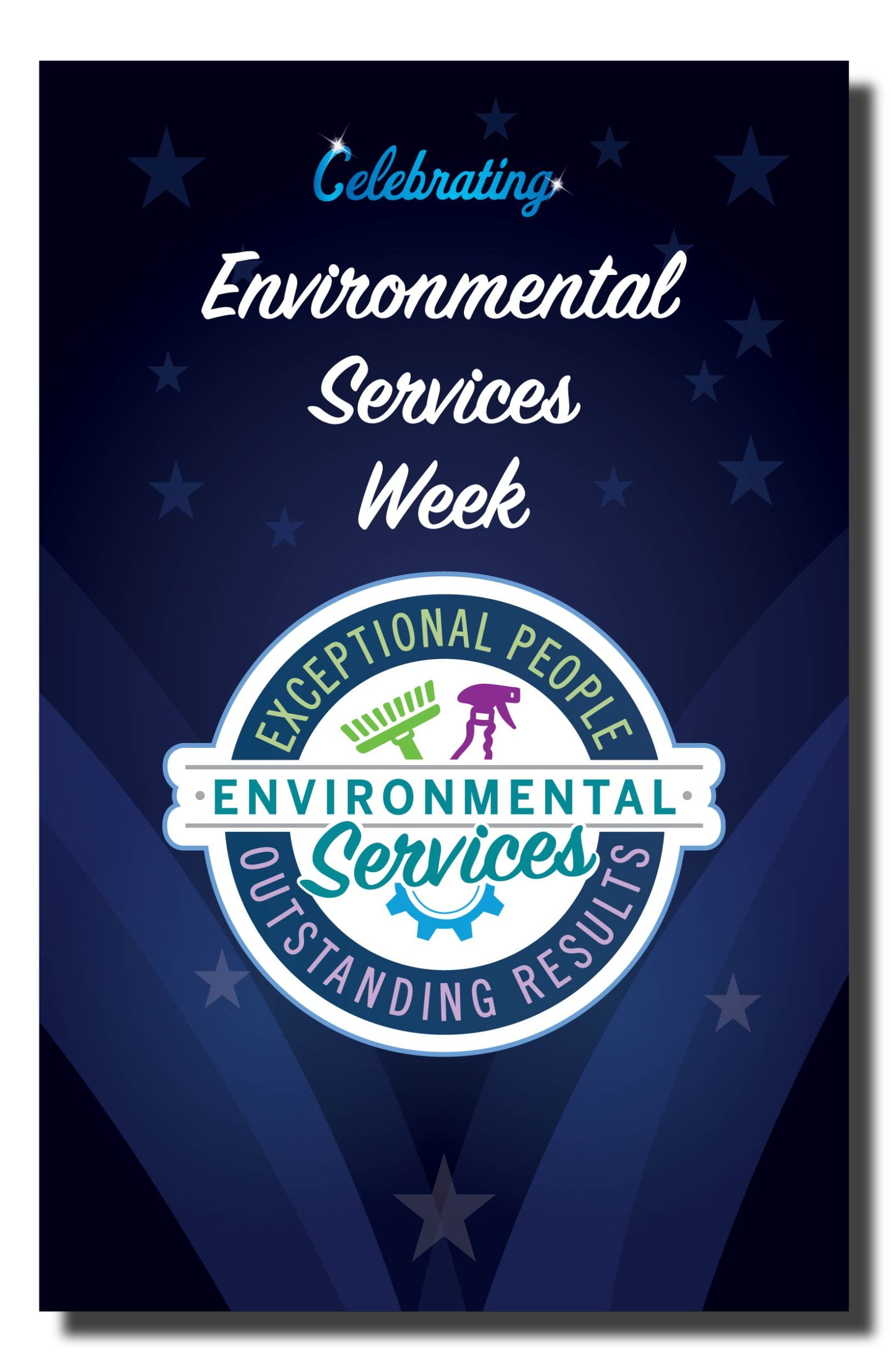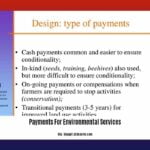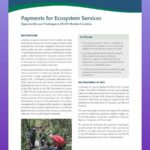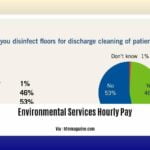Prepare to delve into the fascinating history of Payment for Environmental Services (PES) in our article [- A History of Payment for Environmental Services: Tracing the Evolution of an Environmental Market Mechanism]. We’ll explore how PES has evolved from a theoretical concept to a widely implemented market mechanism, addressing its core principles, preconditions, and design considerations. Join us as we unravel the intricacies of PES, examining its potential to shape a more sustainable future.
Key Takeaways:
- PES refers to incentives for land users to align their decisions with societal environmental costs and benefits.
- Key components of PES include environmental services and conditional payments.
- PES can enhance environmental conservation, provide income for land users, and foster collaboration.
- Additionality and effectiveness are crucial considerations in PES implementation.
- PES has been implemented in various contexts, such as watershed services in Indonesia.
History of Payment for Environmental Services
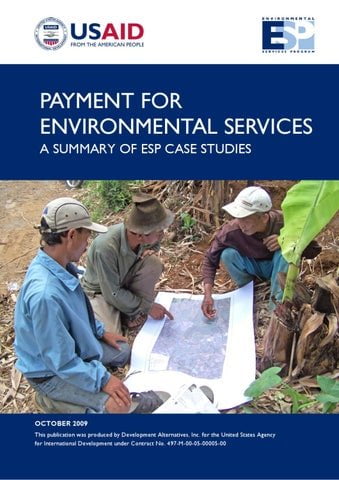
Tracing its roots back to the 1970s, Payment for Environmental Services (PES) emerged as a pioneering concept recognizing the economic value of safeguarding the environment. Over the decades, PES has evolved into a multifaceted market mechanism, shaping the relationship between environmental protection and economic incentives.
Early Inceptions: Costa Rica’s Watershed Conservation
In 1979, Costa Rica made headlines with its innovative PES program, pioneering the concept of compensating landowners for protecting watersheds. Recognizing the vital role forests played in regulating water quality, the government offered payments to farmers in exchange for refraining from deforestation and implementing sustainable land practices. This groundbreaking initiative paved the way for PES to gain global recognition.
The 1990s: Expanding Applications and International Momentum
The 1990s witnessed a surge in PES initiatives worldwide. Developing countries, particularly in Latin America, embraced PES as a means to promote sustainable land management and biodiversity conservation. The World Bank and other international organizations played a pivotal role in supporting these efforts, providing funding and technical assistance.
The 21st Century: Market Mechanisms and Scaling Up
The early 2000s saw PES evolve into a sophisticated market-based mechanism. Carbon credits emerged as a tradable commodity, allowing companies to offset their carbon emissions by investing in projects that sequester carbon dioxide. This market-oriented approach attracted significant private sector investment and expanded the scale of PES projects.
Current Landscape: Innovations and Challenges
Today, PES continues to adapt to meet evolving environmental and economic challenges. Innovations such as results-based payments, where landowners are compensated based on measurable environmental outcomes, are gaining traction. However, PES also faces challenges, including ensuring additionality (i.e., that environmental improvements would not have occurred without PES) and designing effective monitoring and evaluation systems.
Conclusion
The journey of Payment for Environmental Services has been one of innovation, collaboration, and impact. From its humble beginnings in Costa Rica, PES has blossomed into a globally recognized mechanism that aligns economic incentives with environmental stewardship. As the world grapples with climate change and biodiversity loss, PES is poised to play an increasingly vital role in safeguarding our planet for generations to come.
Explore the intriguing History Of Payment For Ecosystem Services to uncover how this concept has evolved over time. Delve into the world of Payments For Environmental Services, a novel approach to addressing environmental challenges. Discover the multifaceted nature of What Is Environmental Services, the lifeblood of our planet. Gain valuable insights into the Environmental Services Hourly Pay industry and its impact on the workforce. Unravel the intricacies of the What Is Payment Environment, a complex landscape that shapes financial interactions.
3. Preconditions
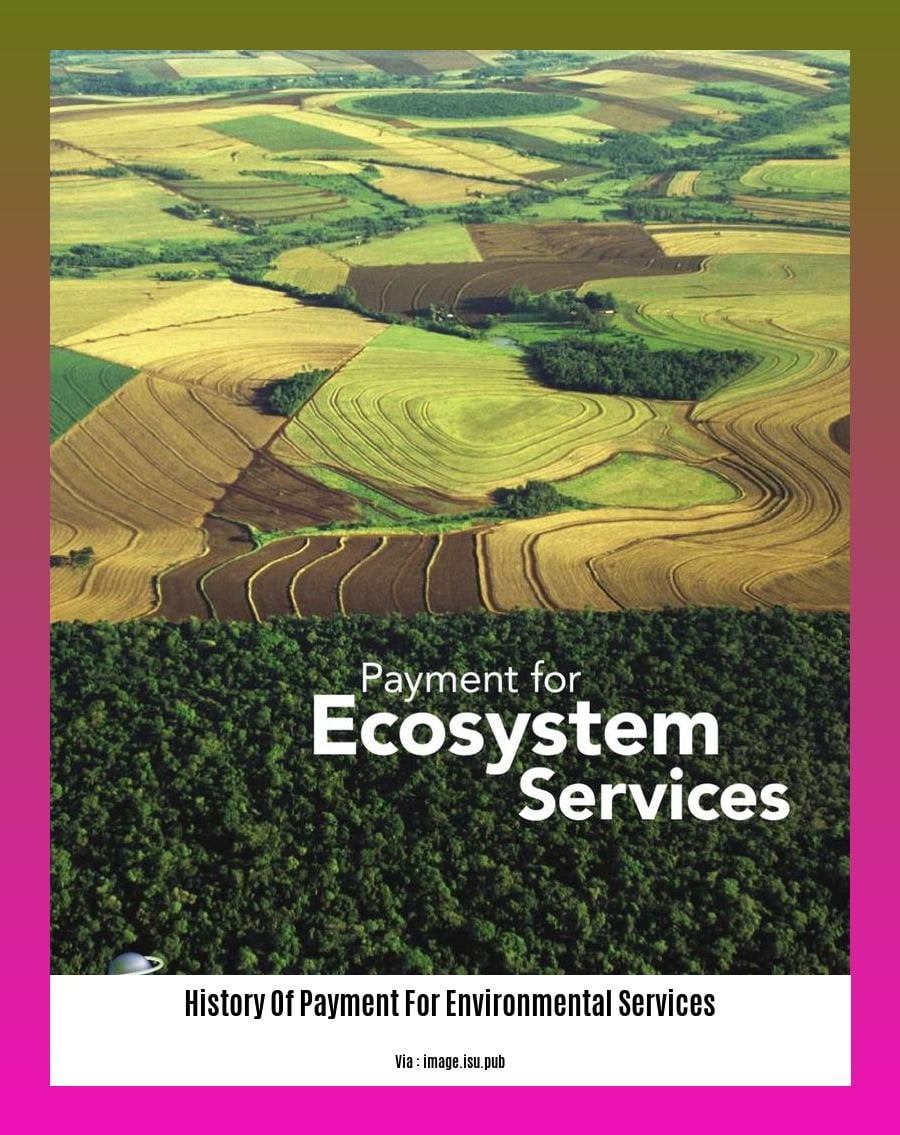
As payment for environmental services (PES) evolved, experts recognized the importance of establishing preconditions for successful implementation. These preconditions ensure that PES schemes deliver intended results and avoid potential pitfalls.
3.1 Clear Definition of Environmental Services
The first precondition is a clear understanding of the environmental services being paid for. This includes defining the service, setting standards, and developing monitoring protocols to measure service provision. Without a well-defined framework, it’s challenging to assess the effectiveness of PES schemes and ensure that payments are made for genuine environmental benefits.
3.2 Transparent Payment Schemes Based on Service Provision
PES schemes should establish transparent payment mechanisms that are tied to actual service provision. Payments should be based on verified evidence of environmental service delivery, rather than fixed amounts or subsidies. This approach incentivizes landowners to adopt sustainable practices and ensures that payments are directed where they have the most impact.
3.3 Equitable Distribution of Benefits
PES schemes should strive for equitable distribution of benefits. All stakeholders involved in the provision of environmental services should have a fair share of the payments. This includes landowners, community members, and local organizations. Equitable distribution helps build support for PES programs and ensures that the benefits are widely shared.
3.4 Monitoring and Evaluation
Monitoring and evaluation are essential to assess the effectiveness of PES schemes. Regular monitoring allows for adjustments to the program as needed, while evaluation provides insights into the long-term impacts of PES on environmental conservation and other goals. Without robust monitoring and evaluation, it’s difficult to determine the true value and success of PES programs.
Key Takeaways:
- Preconditions are essential for the success of PES schemes.
- Clear definition of environmental services: Establish standards and monitoring protocols to measure service provision.
- Transparent payment schemes based on service provision: Tie payments to verified evidence of environmental service delivery.
- Equitable distribution of benefits: Ensure that all stakeholders have a fair share of the payments.
- Monitoring and evaluation: Assess the effectiveness and impacts of PES schemes through regular monitoring and evaluation.
Citation:
- World Bank. (2008). Paying for Environmental Services: A Review of Experience and Best Practices. [https://www.worldbank.org/en/topic/environment/publication/paying-for-environmental-services]
- Wunder, S. (2005). Payments for environmental services: Some nuts and bolts. CIFOR Occasional Paper, No. 42. [
4. Implementation and Design
In the realm of Payment for Environmental Services (PES), implementation and design are paramount. Effective PES programs hinge on meticulously crafted frameworks that encompass the following key aspects:
What and Who to Pay For: Identifying the specific environmental services to be incentivized and the eligible recipients of payments.
Determining Payment Amount: Calculating the appropriate compensation for the provision of environmental services, considering factors such as the value of the service, opportunity costs, and market conditions.
Choosing Payment Mechanism: Selecting the most suitable method of payment delivery, such as direct payments, subsidies, tax incentives, or tradable permits.
An enabling environment is crucial for successful PES implementation. This includes:
Institutions: The presence of robust institutions, ranging from informal arrangements to highly regulated regimes, provides clarity and accountability.
Capacity Building: Investing in training and education programs to equip stakeholders with the knowledge and skills necessary for effective PES implementation.
Key Considerations
Additionality: PES should aim to generate environmental outcomes that would not have occurred without the payments.
Effectiveness: Regular monitoring and evaluation are essential to assess the program’s impact and make necessary adjustments.
Key Takeaway:
PES implementation and design are critical for achieving desired environmental outcomes, ensuring equitable benefit distribution, and fostering stakeholder collaboration.
Relevant URL Sources:
Payment for Environmental Services: A critical review of schemes designed to improve water quality
FAQ
Q1: What are the key components of a successful PES program?
A1: Key components include a clear definition of the environmental service being paid for, transparent payment schemes, equitable distribution of benefits, and monitoring and evaluation to ensure effectiveness.
Q2: How does the design of a PES program impact its effectiveness?
A2: The design of a PES program, including the type and scale of environmental service demand, payment source, and payment mechanism, can significantly influence its effectiveness.
Q3: What are the preconditions for successful PES programs?
A3: Preconditions include a clear definition of the environmental services being paid for, transparent payment schemes, equitable distribution of benefits, monitoring and evaluation to ensure effectiveness, and an enabling environment with supporting institutions and capacity building.
Q4: What steps are involved in designing an effective payment program?
A4: Steps include identifying what and who to pay for, determining payment amount, and choosing payment mechanism.
Q5: What is the theory of change for PES?
A5: The theory of change for PES involves paying landowners or users to conserve or provide ecosystem services, with the expectation that this will lead to improved environmental outcomes, additional income for land users, and collaboration between stakeholders.
- Mastering Leader in Spanish: The Complete Guide - April 19, 2025
- Uncovering Surprising Parallels: England Size Compared to US States - April 19, 2025
- Old Mexico Map: Border Shifts 1821-1857 - April 19, 2025
